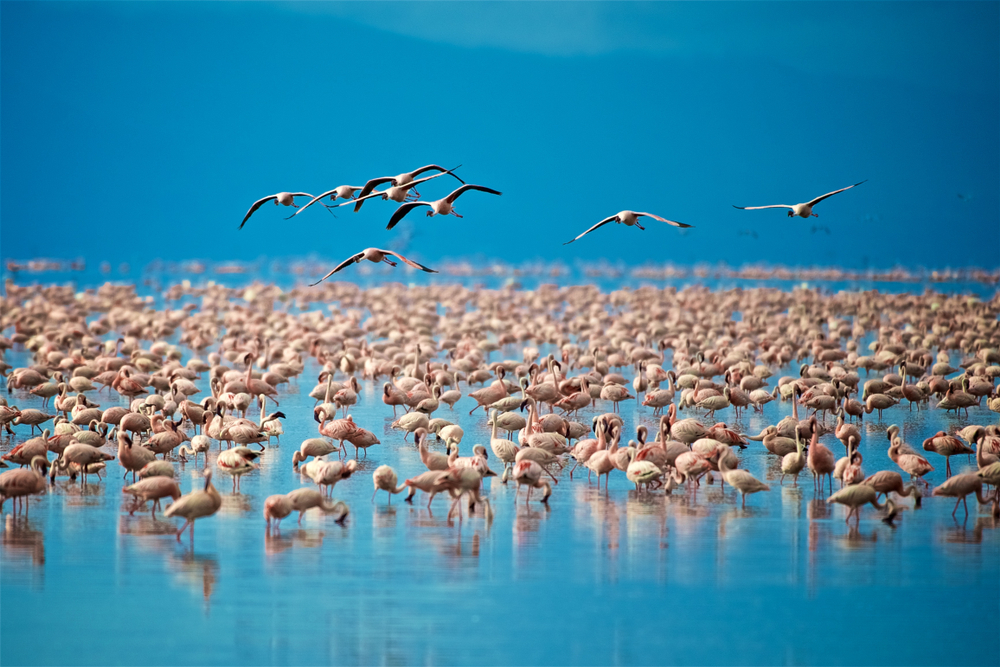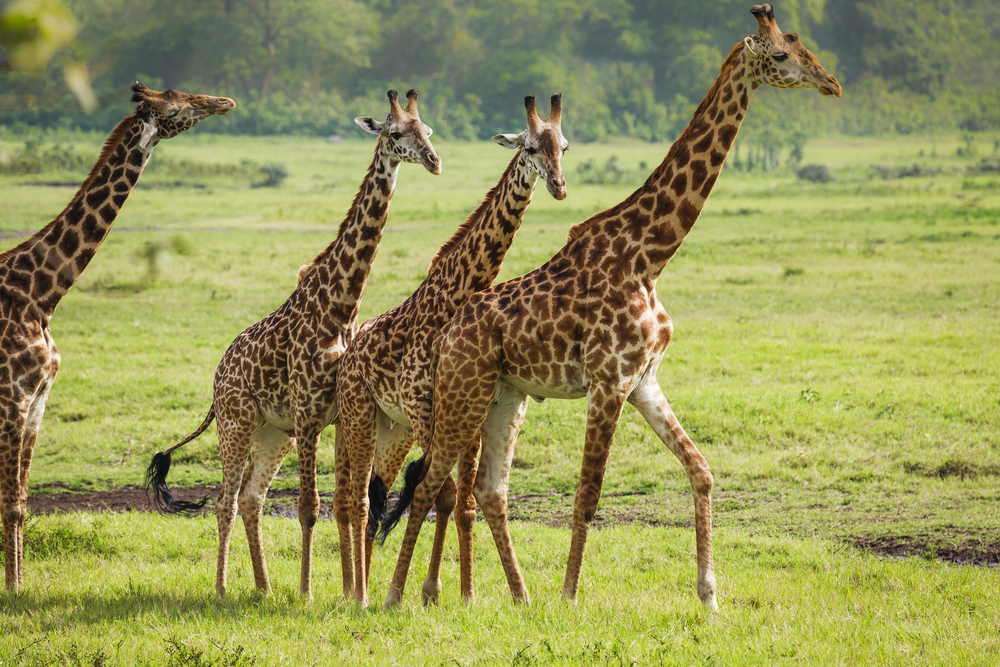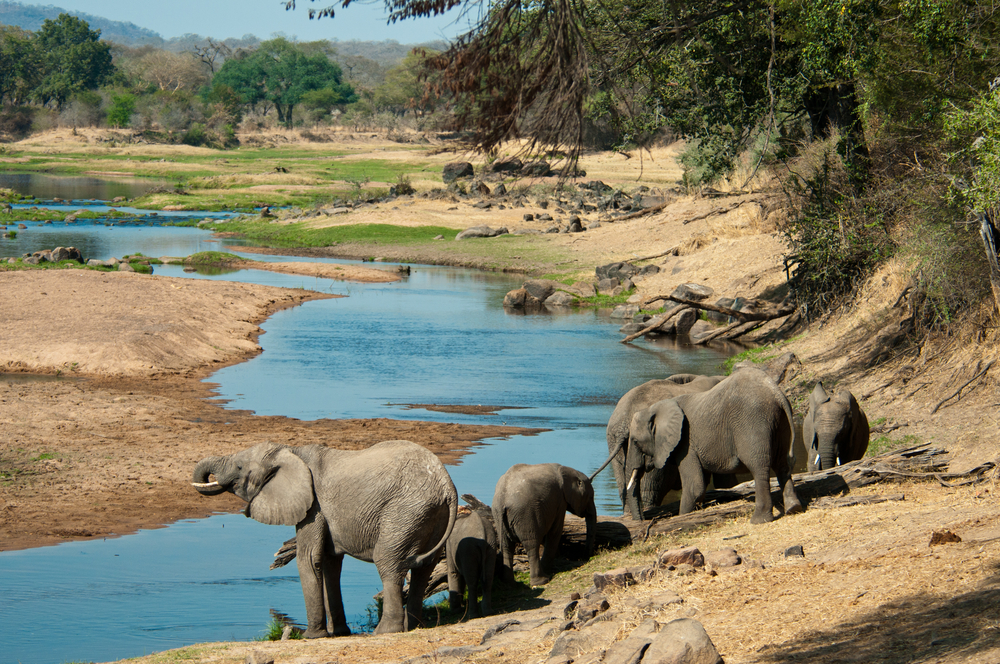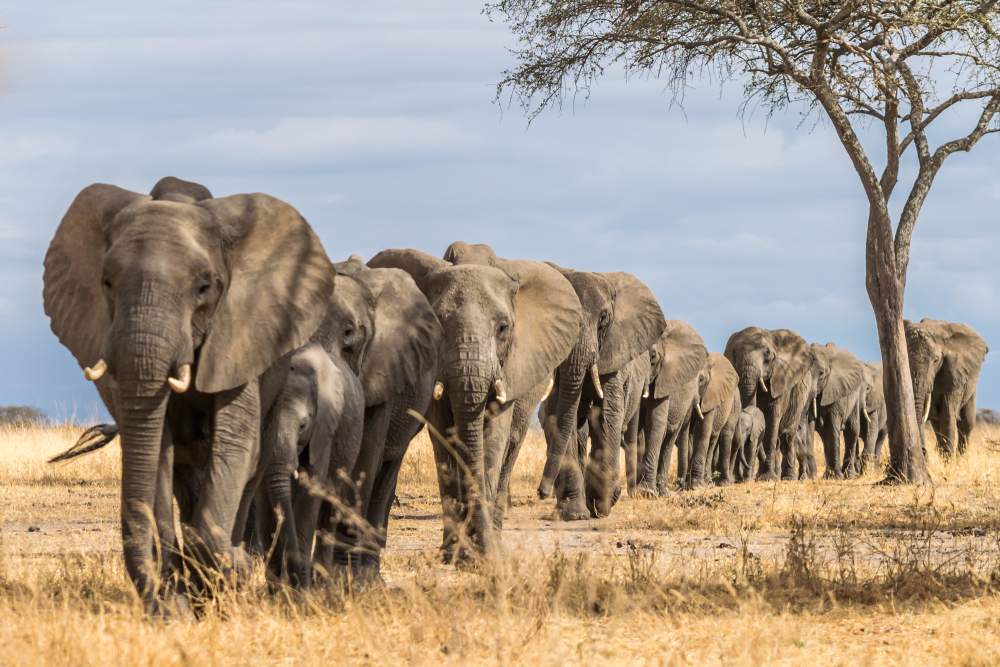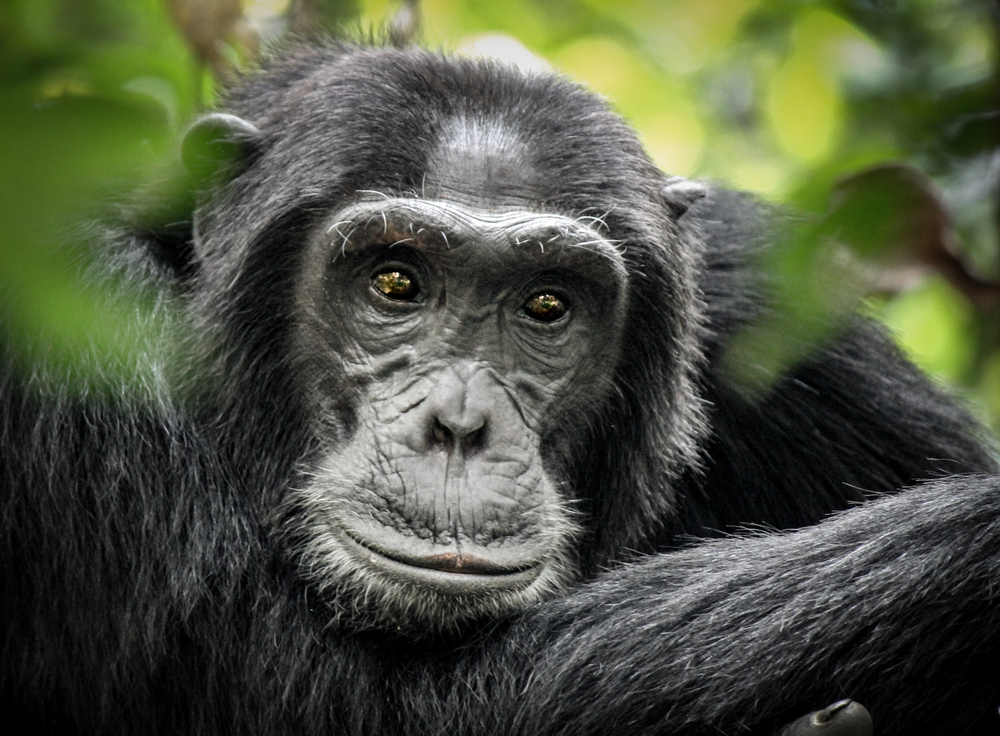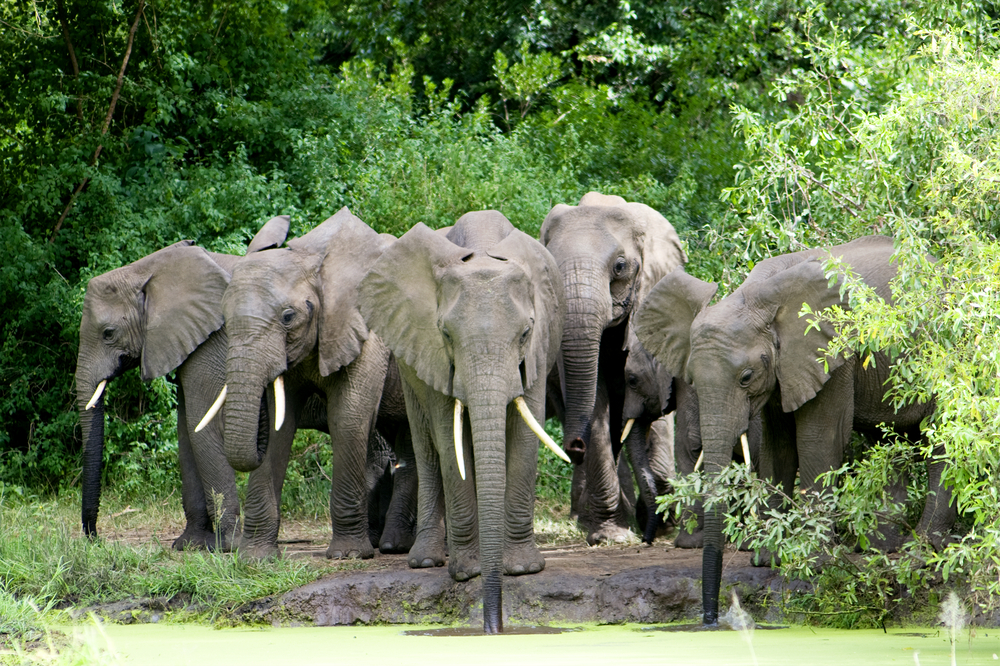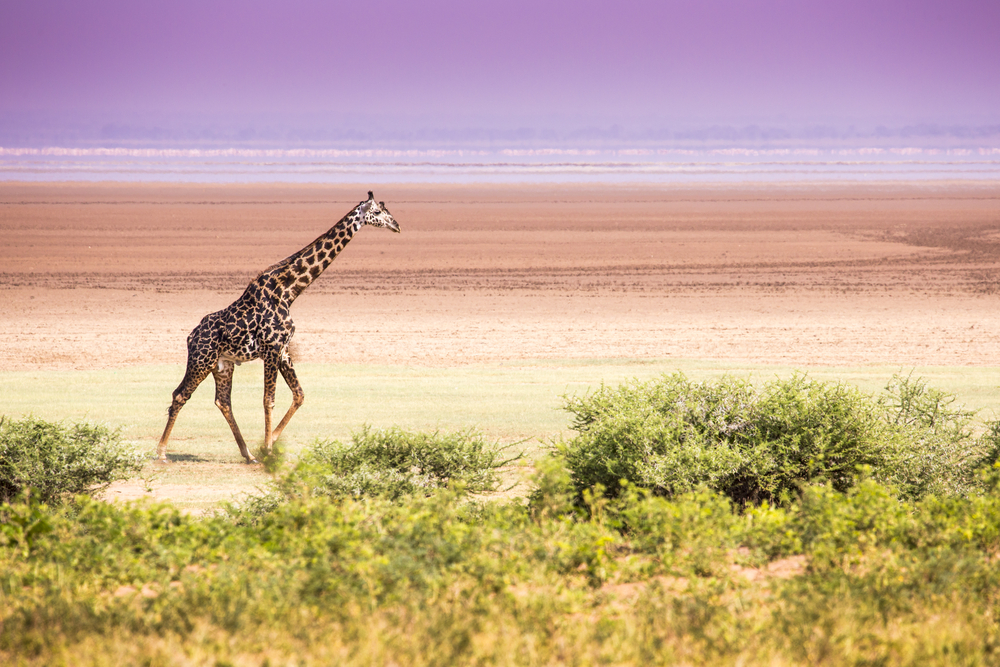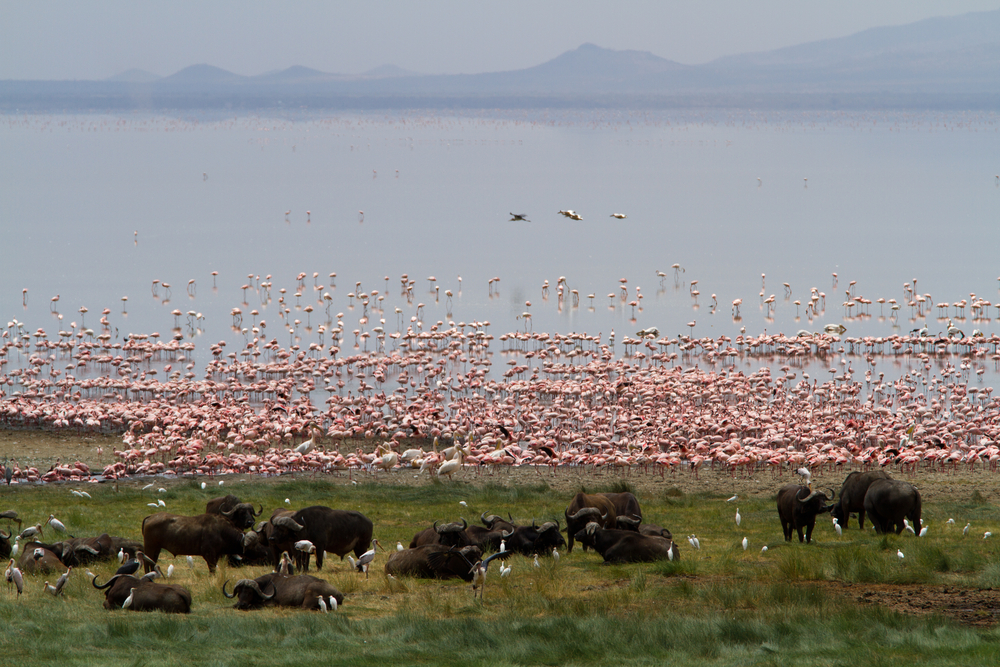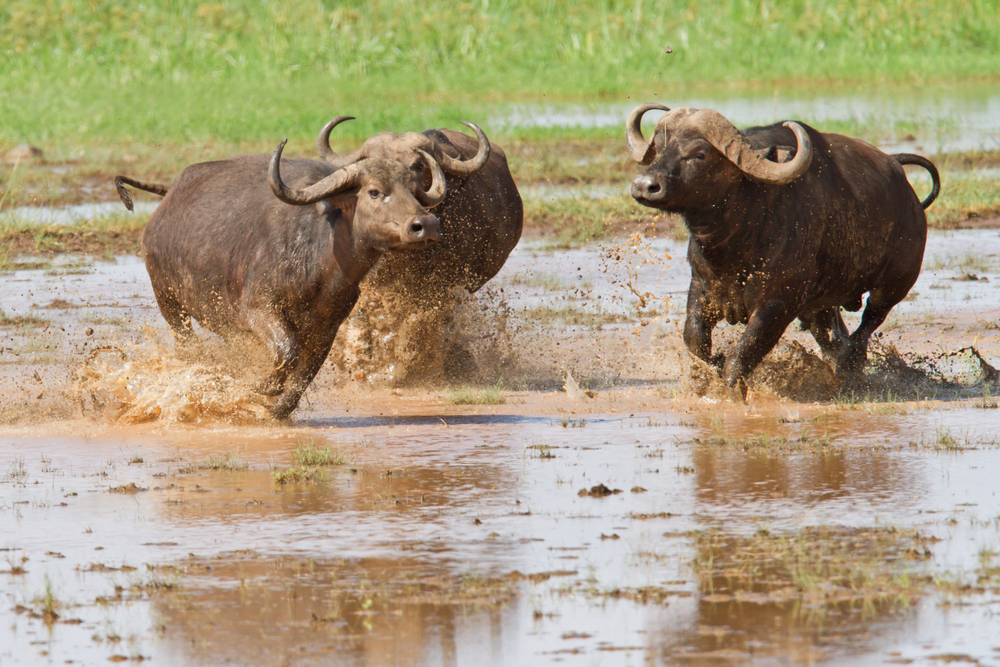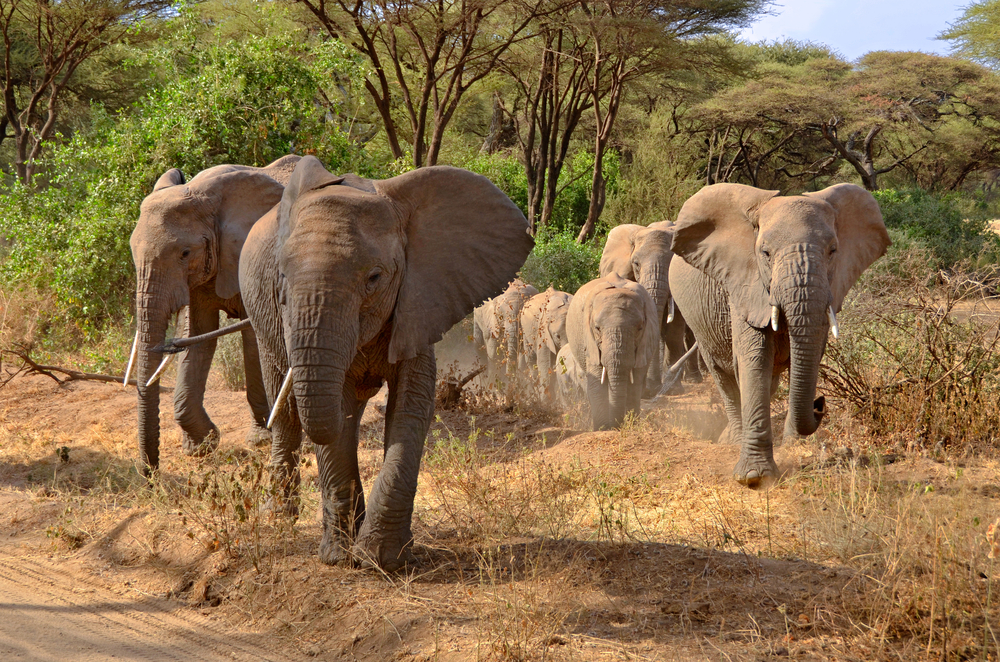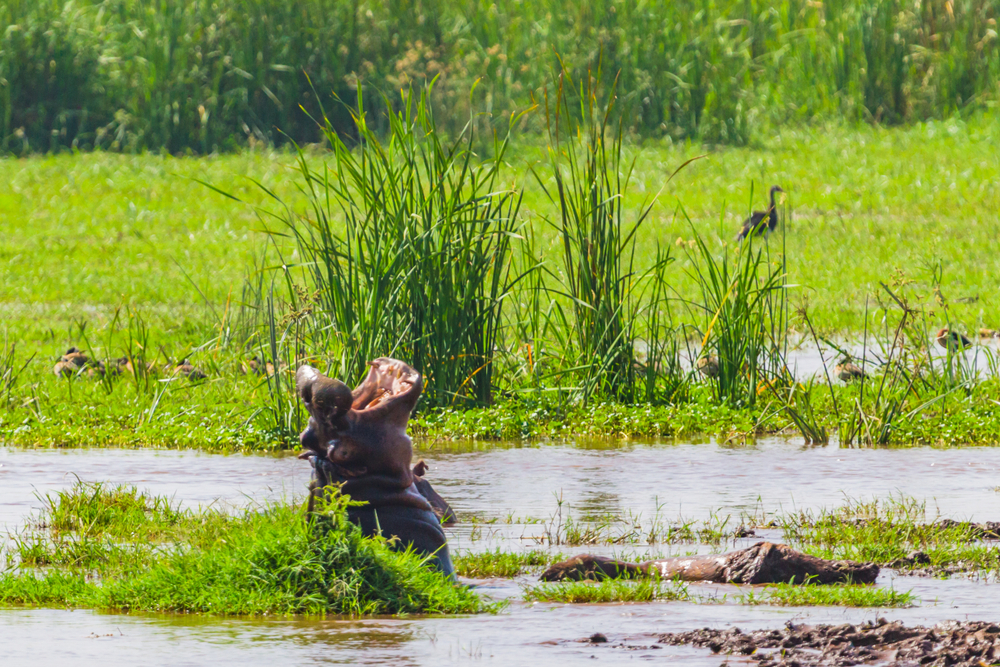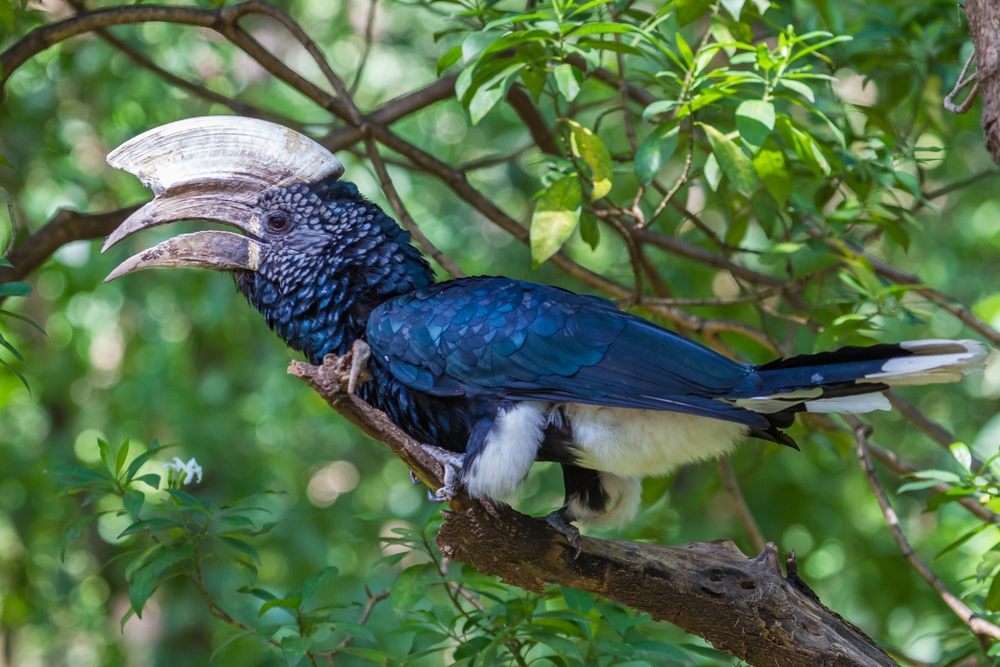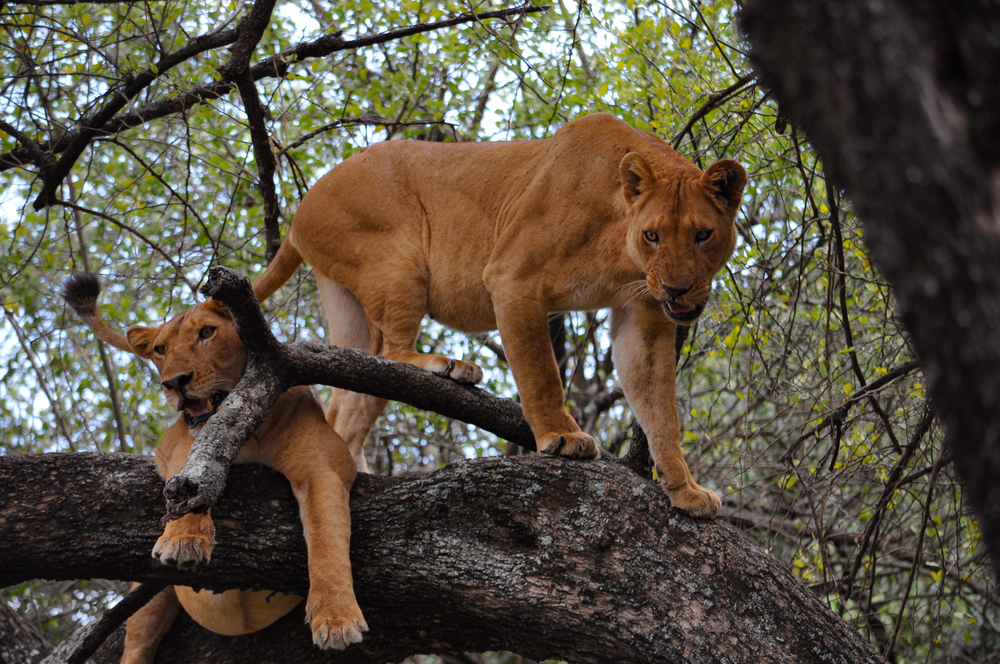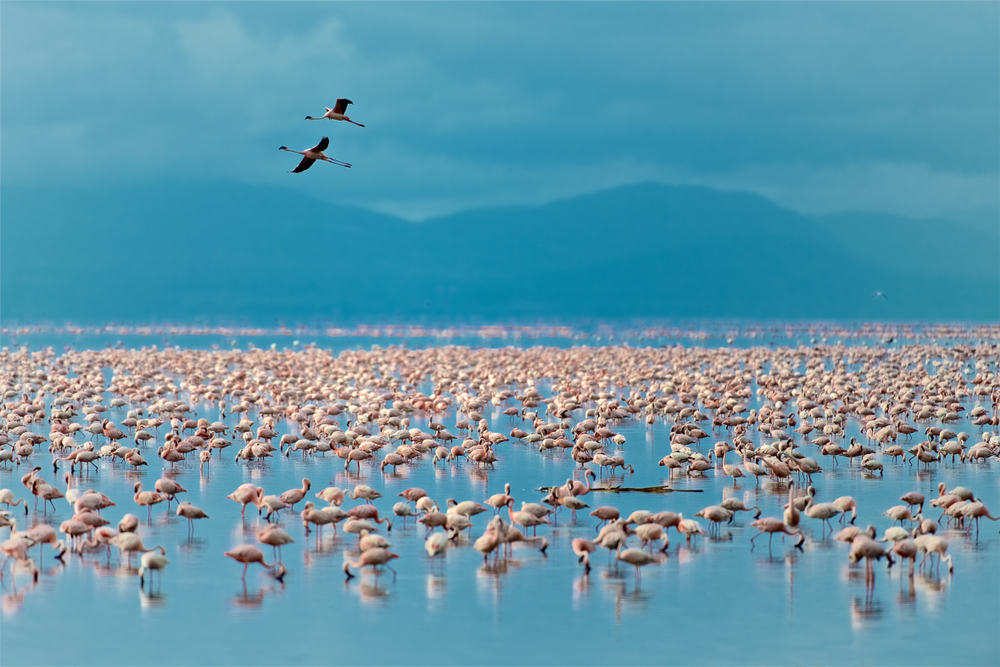Lake Manyara Overview
Lake Manyara National Park, nestled at the base of the Great Rift Valley escarpment in northern Tanzania, is a scenic gem that spans approximately 330 square kilometers (127 square miles), of which about 200 square kilometers (77 square miles) are lake when water levels are high. Located about 126 kilometers (78 miles) west of Arusha, the park offers a microcosm of the Tanzanian safari experience, featuring a remarkable diversity of ecosystems and wildlife in a relatively compact area.
Despite its modest size, Lake Manyara National Park boasts a variety of habitats, including lush groundwater forests, open grasslands, acacia woodlands, and the alkaline Lake Manyara itself. These environments provide sanctuary to a wide array of animal species. The park is renowned for its tree-climbing lions, a unique behavior not commonly observed in other lion populations. Additionally, it hosts large herds of elephants, troops of baboons, and numerous giraffes, making wildlife viewing here particularly rewarding.
Lake Manyara is also a birdwatcher’s paradise, with over 400 bird species recorded. The lake’s shores attract flocks of flamingos, pelicans, and many other waterbirds, offering spectacular birding opportunities, especially during the wet season when the water levels are highest.
One of the park’s most striking features is the soda ash lake, which attracts vast numbers of flamingos to its shallows. The contrast of the pink flamingos against the backdrop of the lush greenery and the stark Rift Valley wall creates a stunning visual spectacle.
Lake Manyara National Park also offers a cultural dimension, with opportunities to visit nearby Maasai and Datoga communities, providing insights into the traditional lifestyles of the indigenous peoples of this area.
With its breathtaking scenery, diverse wildlife, and the serene Lake Manyara, the park is a tranquil oasis offering an intimate safari experience. It serves as a perfect introduction to Tanzania’s wild beauty for those short on time or as a complementary stop in a more extensive northern circuit safari itinerary.
Park Map
Lake Manyara National Park Highlights
Engaging Lake Manyara
Lake Manyara National Park Trails
Sources
- ritannica, Lake Manyara, https://www.britannica.com/place/Lake-Manyara, retrieved March 2024.
- Imagine Travel, Lake Manyara National Park, https://www.imaginetravel.com/experiences/hike-with-views-of-lake-manyara, retrieved March 2024.
- Lonely Planet, Lake Manyara National Park, https://www.lonelyplanet.com/tanzania/northern-tanzania/lake-manyara-national-park, retrieved March 2024.
- Tanzania Tourist Board, Lake Manyara National Park, https://www.tanzaniatourism.go.tz/en/destination/manyara-national-park, retrieved March 2024.
- UNESCO, Lake Manyara Biosphere Reserve, https://en.unesco.org/biosphere/africa/lake-manyara, retrieved March 2024.
- William, J.G., National Parks of East Africa, HarperCollins Publisher, 1995.








































































